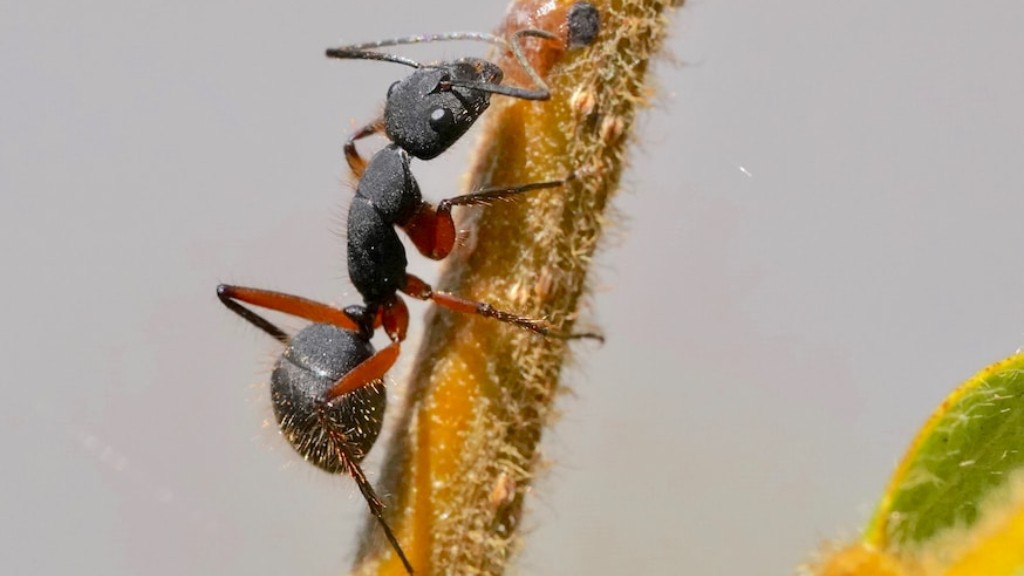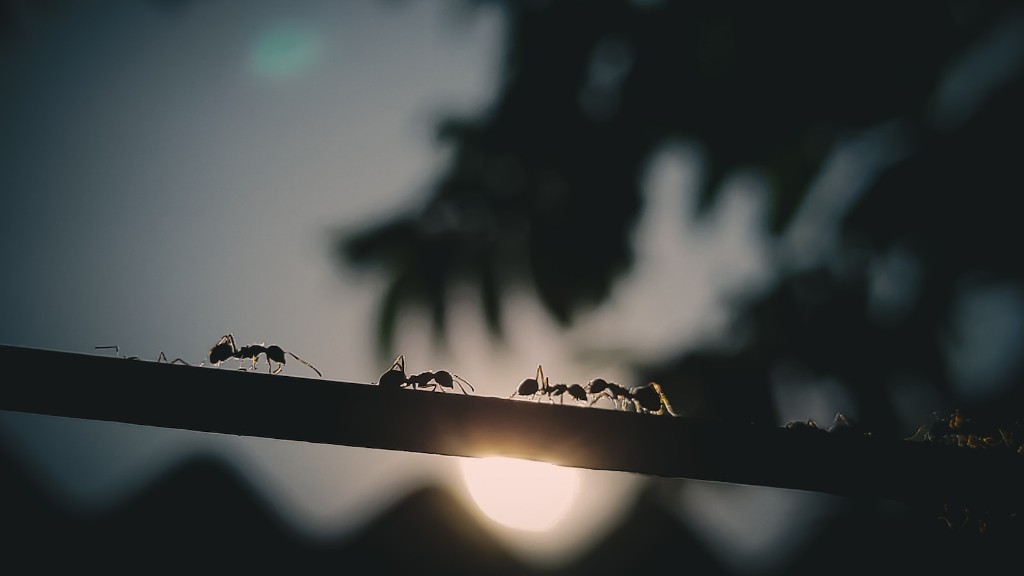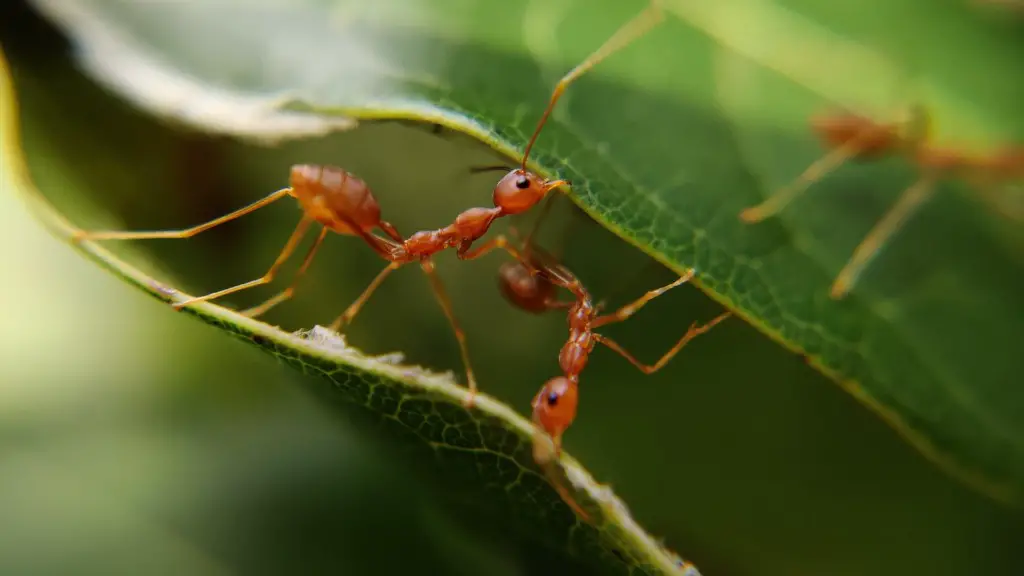Biological Characteristics
Sugar ants, identified by their scientific name of Camponotus consobrinus, are an invasive ant species that have made their way across most of Australia. They are a yellow-brown colour, typically around 3 – 4 millimeters in size, and have a mandible and other appendages armed with sharp hooks. Sugar ants live in large colonies and feed on honeydew, or sweet liquids, which has led to them sometimes being referred to as honey ants. They’re attracted to food and can be particularly drawn to sugary items or sugary liquids.
The Problem With Sugar Ants
While it’s true ants are beneficial to our environment due to their role in pollination and recycling, sugar ants can become a nuisance when they invade our homes, gardens and pantries. They can travel in large numbers and multiply quickly, making them difficult to control, and are particularly attracted to sweets, making them a common feature of kitchens and pantries.
Dangers of Chemical-based Products
When dealing with large infestations of sugar ants, there are lots of chemical products available. But, using these products can be dangerous and have serious implications, including harming our environment and animals, and even some humans if improperly used.
Natural Methods of Removal
So how do we get rid of sugar ants without chemicals? One of the best ways to control sugar ants naturally is to create an ‘ant highway’ away from your property. Sugar ants will typically follow a route from their nest to their food source and this can be blocked by filling any cracks, holes or crevices with caulk. Any entrances to your home should also be blocked, including around doors and windows, spaces between walls and siding, and under porches. As sugar ants like sweets, removing food sources is also key. Be sure to clean and store all items properly, seal up food and garbage containers, and clean up any spilled food or liquid.
Prevention
Prevention is always the best way to stop a sugar ant infestation, so it is important to understand their breeding habits and create an environment that is complicating for them. Make sure there are no areas that hold moisture, as this attracts the ants, and use baits and traps to stop them in their tracks. Traps and baits work to slowly reduce the population as they are safe and do not use chemicals. Use bait such as Borax, a naturally occurring mineral, mixed with sugar, honey or jam and floating it near ant colonies. Take caution when baiting as some bait sources can be toxic to pets.
Cultural Control
Sugar ants can also be controlled through cultural control, by encouraging their natural predators. For example, certain species of wasps and parasitic flies can help control the sugar ant populations as they feed on them. Similarly, some species of ladybugs and beetles feed on sugar ants, although it’s important to check if they are native species before introducing them to your property.
Home Remedies
Home remedies can also be used to kill or repel sugar ants. Sprinkling lemon juice, white vinegar, coffee or cinnamon along their trail creates uncomfortable smells or surfaces that can repel them. Similarly, make a spray with dish soap and warm water and spray the trails. Additionally, ground cinnamon, talcum powder and cayenne pepper can be scattered on the ground and around entrances to your home.
Natural Repellents
There are method to repel sugar ants naturally, such as using natural repellents. Neem oil and pyrethrin are naturally-occurring substances that are naturally-occurring substances that can be used around entrances to your home and natural areas. Pyrethrin is derived from a particular species of chrysanthemum and is not toxic to animals or humans, although care needs to be taken with breathing it in.
Physical Control
Physical control is also an effective solution for controlling sugar ants and can be done by hand with a vacuum or by spraying water. Be sure to always wear protective clothing and take caution if the insects contain any kind of contaminants. Additionally, keep pets and children away from the area.
Boric Acid
Boric acid is one of the most effective and natural methods of killing or repelling sugar ants. Mix boric acid with sugar or honey and water and spread it near their entrance, which will work to kill or repel colonies of ants.
Professional Treatment
If you have an infestation that cannot be treated using natural methods, it is important to seek professional help. Professional exterminators are experts and are familiar with the latest techniques when it comes to eradicating invasive species. They can also help with additional preventative measures such as sealing entry points and creating barriers to stop further infestations.
Conclusion
Sugar ants can be a nuisance and the best way to prevent them from invading your home is by creating an environment that does not support their growth and reproductivity. Removal of food sources and sealing of entrances is key, as well as it helps to encourage their natural predators. Even more natural methods such as cinnamon, boric acid, neem oil and pyrethrin work to kill or repel sugar ants. Additionally, if the infestation is too large it may be wise to seek professional help.



